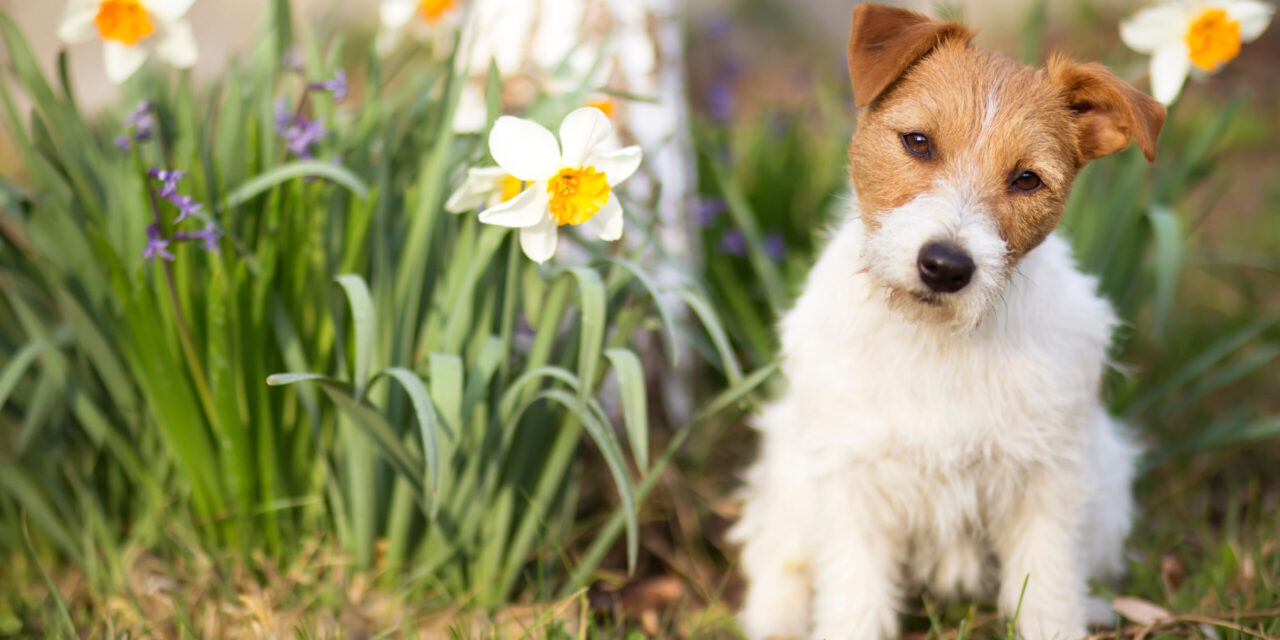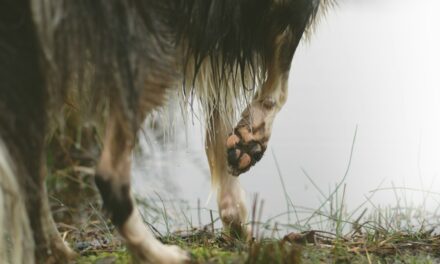Identifying Spring Hazards
One significant hazard pet owners must be mindful of is the presence of poisonous plants in gardens and outdoor spaces. Flowers like lilies, daffodils, and azaleas may add beauty to the landscape but pose grave dangers to both cats and dogs. Daffodil bulbs, in particular, are highly toxic, while bluebells can cause various symptoms ranging from vomiting to irregular heartbeat if ingested by dogs.
Just as humans experience hay fever during spring, pets are susceptible to seasonal allergies triggered by environmental changes. Dogs and cats may exhibit symptoms such as itching, watery eyes, sneezing, and paw gnawing. It’s crucial for pet owners to monitor their pets’ health and seek veterinary advice if allergies are suspected.
Caution Against Pest Pellets
While pest pellets are commonly used to protect gardens from slugs and snails, pet owners should exercise caution as these products contain chemicals that can be harmful to animals. Metaldehyde, a toxic compound found in many pellets, poses a significant risk if ingested by pets. Pet-friendly alternatives and vigilant supervision can help prevent accidental poisoning.
Whitten advises pet owners to schedule regular vet check-ups and maintain pet-friendly environments to ensure their animals’ well-being throughout the spring season and beyond. By staying informed and taking proactive measures, pet owners can enjoy the season’s delights while keeping their furry friends safe from harm.








